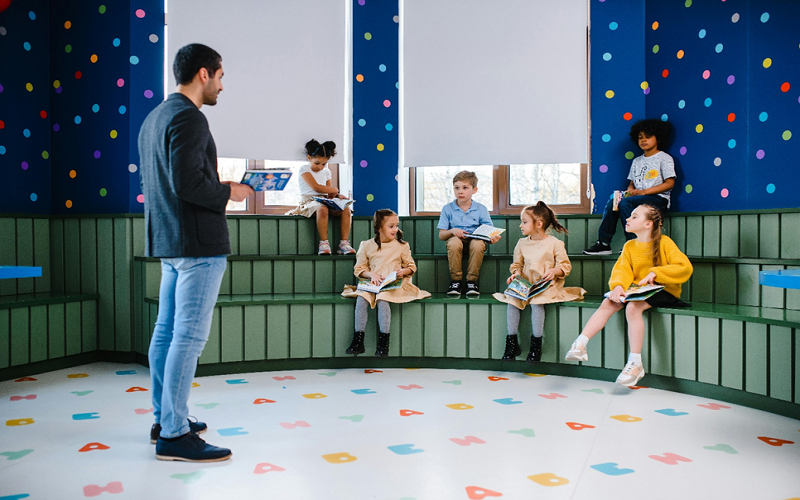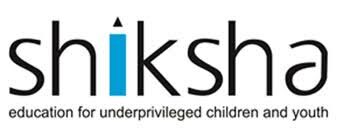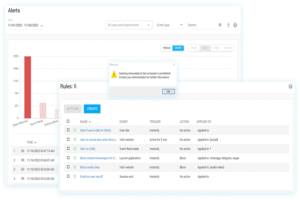The Best Tips For Teaching Teachers To Handle Multiple Special Needs

The teaching profession is certainly a cocktail of challenges and triumphs. Yes, it’s tough. Yes, it’s unpredictable. However, the victory that follows, knowing that you’ve positively impacted the life of young children, that’s incomparable.
Is there a student with multiple special needs in your class?
Are you looking for ways through which you can deal with such students in a positive way?
Each inclusive classroom comes with its own chances, trials, and accomplishments. It’s part of what makes a teaching career amazingly vibrant and enriching. So, don’t fret, it’s completely normal! Without a doubt, this can make several educational challenges like –
- Fixing a correct learning setting which is apt to the child’s multiple special needs
- The child’s capacity to function in the classroom
- The child’s ability to communicate capably with teachers and peers
There are many more, but these are the some of common educational challenges that revolve around teaching children with multiple special needs.
What is Multiple Disabilities or Multiple Special Needs?
According to the Individuals with Disabilities Education Act (IDEA), multiple disabilities refer to “concomitant [simultaneous] impairments (such as intellectual disability-blindness, intellectual disability-orthopedic impairment, etc.), the combination of which causes such severe educational needs that they cannot be accommodated in a special education program solely for one of the impairments. The term does not include deaf-blindness.”
Sometimes, a child can have more than one special need. It can seem challenging, yes. But when seen with the right perspective and appropriate teaching strategies, it also creates a compound and inclusive landscape of possibilities to explore in special education.
Significant Causes of Multiple Disabilities or Multiple Special Needs
What grounded the multiple special needs? Well, no one knows. However, with some special needs children the cause is recognized, let’s see:
- Early or premature birth
- Abnormalities in chromosome
- Difficulties after birth
- Different kinds of infections
- Any type of injuries from accidents
- Genetic disorders
- Deprived development of the brain or spinal cord
Fortunately, there’s help prevailing along with teaching techniques too. Continue reading to find out more.
What kinds of teaching and learning aids do children with multiple special needs need?
To teach a child with multiple special needs, it’s important to distinguish what types of specific special needs are intricate, how severe it is and how it is affecting the learning of the child.
1. Differentiated Instruction: Modify learning instruction to meet the diverse needs of students with multiple special needs by providing changeable levels of challenge, several means of representation, and different avenues for engagement and expression.
2. Individualized Education Plans (IEPs): Collaborate with professional and technical special education teams and parents to develop and implement personalized IEPs that outline specific learning goals, accommodations, and modifications for students with multiple special needs.
3. Multi-Sensory Teaching: Incorporate multiple sensory modalities (visual, auditory, tactile, and kinesthetic) into lessons to enhance learning and accommodate assorted learning styles.
4. Structured and Predictable Environment: Establish routines, visual schedules, and clear opportunities to deliver structure and certainty, which can help students feel more comfortable and secure in the learning setting.
5. Task Analysis and Chunking: Break down complex tasks into smaller, controllable steps, and provide everyday opportunities for practice and strengthening.
6. Visual Supports: Use visual aids such as charts, diagrams, graphic organizers, and pictorial cues to support comprehension, organization, and communication.
7. Assistive Technology: Include assistive technology tools and devices (e.g., text-to-speech software, communication boards, adaptive keyboards) to facilitate access to the curriculum and promote independence.
8. Peer Support and Collaboration: Encourage peer interactions and cooperative learning prospects to foster social skills development, peer modeling, and a sense of belonging.
9. Positive Behavior Support: Implement proactive strategies to promote positive behavior, such as reinforcement systems, visual prompts for expected behaviors, and teaching self-regulation methods.
10. Flexible Grouping: Apply flexible grouping approaches (whole group, small group, one-on-one) based on students’ needs and learning objectives to provide targeted instruction and support.
11. Universal Design for Learning (UDL): Apply the principles of UDL to design instruction that is accessible and inclusive for all learners, incorporating multiple means of engagement, representation, and expression.
12. Collaboration and Professional Development: Seek ongoing training and collaboration opportunities with your colleagues, special education professionals, and support staff to enhance teaching practices and meet the diverse needs of students with multiple disabilities.
13. Augmentative and Alternative Communication (AAC) teaching technique is another way through which you can teach students with multiple special needs. Well, the most understandable choice of communicative skills is sign language which can assist the communication process. This technique can consist of substantial and tangible symbol structures, selection boards, object prompts as well as symbols, physical prompting, along with any number of systems that are dependent on a computer.
To End With
Nevertheless, there is no specific teaching approach to deal with students with multiple disabilities as the special needs differ from one child to another. Their needs are so wide-ranging that proper care is necessary while choosing the best strategy for teaching which is a vital part of different Online Special Education Courses.
By employing these teaching strategies and continually adapting and refining approaches based on student progress and feedback, you can create inclusive learning environments where all students have the opportunity to succeed and thrive.
Remember: teaching the special needs children is not at all an easy job. Supporting these types of students is absolutely a team endeavour.





